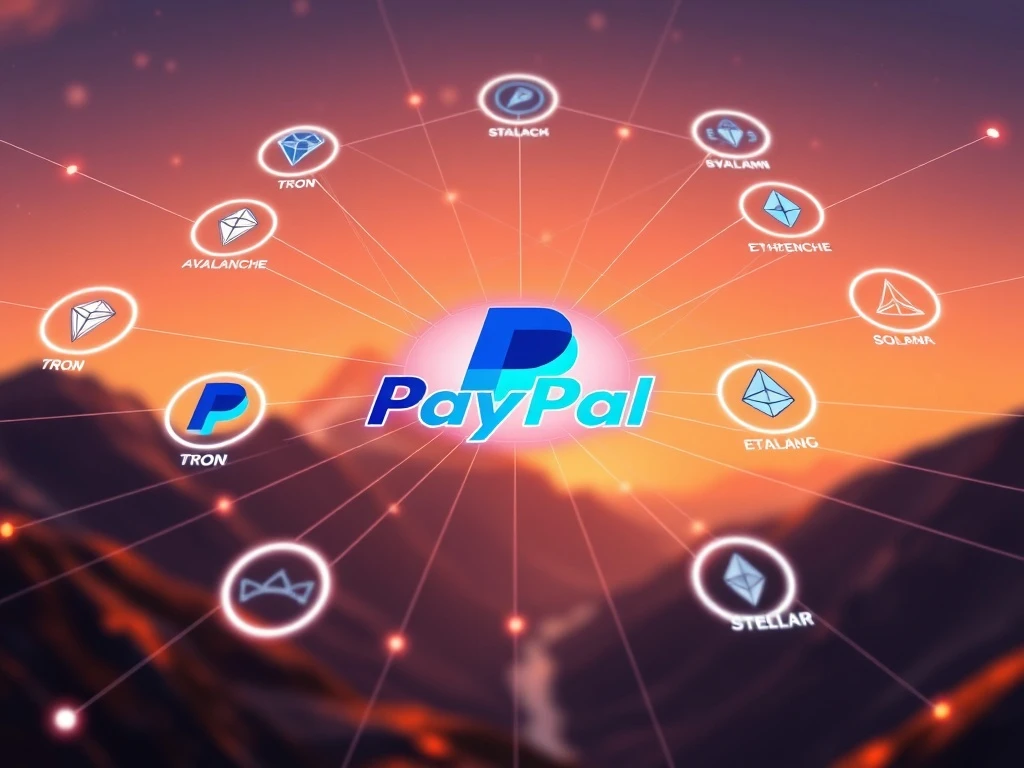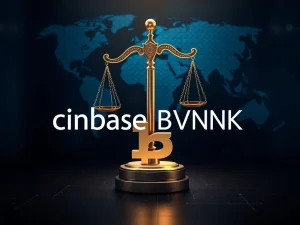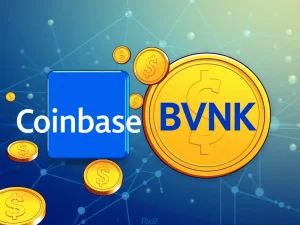PayPal PYUSD: Unlocking Monumental Stablecoin Expansion Across 8 New Blockchains

The cryptocurrency landscape witnesses a significant evolution as PayPal PYUSD dramatically expands its reach. Payments giant PayPal has announced a major expansion for its USD-backed stablecoin, PYUSD. This strategic move introduces the PYUSD stablecoin to eight new blockchains. Notably, seven of these integrations occur through LayerZero’s Stargate Hydra bridge. This development promises to enhance interoperability and accessibility for users worldwide. PayPal aims to solidify its position in the rapidly growing stablecoin market. This expansion marks a pivotal moment for digital payments.
Revolutionizing Access: The LayerZero Blockchain Integration
PayPal’s latest initiative leverages LayerZero’s innovative Stargate Hydra bridge. This integration creates a permissionless version of PayPal USD, known as PYUSD0. Crucially, PYUSD0 will be fully fungible with the existing PYUSD. It will also offer seamless interoperability across various blockchains. LayerZero Labs confirmed this significant development in a recent statement.
The newly supported blockchains include:
- Tron
- Avalanche
- Aptos
- Abstract
- Ink
- Sei
- Stable
Furthermore, existing permissionless versions on Berachain (BBYUSD) and Flow (USDF) will upgrade to PYUSD0. Stargate Hydra will function as the primary interface for PYUSD0 transfers. LayerZero will facilitate the minting, burning, and deployment of PYUSD0. This broadens PayPal’s existing support for Ethereum, Solana, and Arbitrum. The move makes PYUSD one of the most widely accessible stablecoins available.
PYUSD Stablecoin’s Position in a Booming Market
The timing of this stablecoin expansion aligns with optimistic market projections. The US Treasury estimated in April that the stablecoin market, currently valued at $295 billion, could surge to $2 trillion by 2028. This potential growth underscores the strategic importance of PayPal’s move. Furthermore, the GENIUS Act, signed by US President Trump in July, provides comprehensive stablecoin legislation. This act has boosted market momentum considerably.
Despite its rapid expansion, PYUSD still competes with industry heavyweights. Tether (USDT) and Circle (USDC) currently dominate the stablecoin landscape. USDT boasts a market capitalization of $171.2 billion, supporting 12 blockchains. USDC follows with $74.3 billion across 25 chains. Other top contenders include Ethena USDe (USDE), USDS (USDS), and Dai (DAI). These stablecoins hold market caps ranging from $13.9 billion to $4.5 billion. Currently, PYUSD ranks 11th, with a market cap of $1.3 billion. This expansion aims to bridge that gap.
Driving Interoperability with Tron, Avalanche, and Beyond
LayerZero Labs CEO Bryan Pellegrino emphasizes the transformative potential of such integrations. He views them as clear indicators of a nascent global financial market. This market aims to break down borders and operate continuously. Pellegrino stated, “The result of this integration is better money experiences utilizing modern technology.” He further highlighted the benefit for users. Anyone self-custodying their PYUSD can now move it seamlessly between blockchains. This eliminates reliance on existing centralized banking infrastructure.
In a separate, equally important announcement, PYUSD also expanded to Stellar. This low-fee blockchain offers five-second finality. Stellar has seen significant adoption, particularly among users in developing countries. Many utilize it to save in US dollars. This separate integration further enhances PYUSD’s accessibility and utility. PayPal’s PYUSD, issued by Paxos, initially launched in August 2023. It marked PayPal’s inaugural major foray into the crypto sector.
PayPal PYUSD: A Legacy of Digital Payment Innovation
PayPal built the first global digital payment network at the internet’s dawn. In 2023, it became the first major fintech company to launch a stablecoin with PYUSD. With the introduction of PYUSD0 and the broad stablecoin expansion, PayPal and LayerZero are collaboratively enhancing PYUSD’s availability across various blockchains. This strategy underscores PayPal’s long-term vision for digital finance. The company aims to provide modern, efficient, and accessible financial tools globally.
This strategic move is more than just adding new chains. It represents a commitment to the future of decentralized finance. By embracing interoperability, PayPal is positioning PYUSD as a crucial component of the evolving digital economy. The integration with LayerZero blockchain technology and expansion to platforms like Tron Avalanche signifies a bold step forward. It empowers users with greater control and flexibility over their digital assets. This expansion is set to redefine how users interact with stablecoins and the broader crypto ecosystem.







